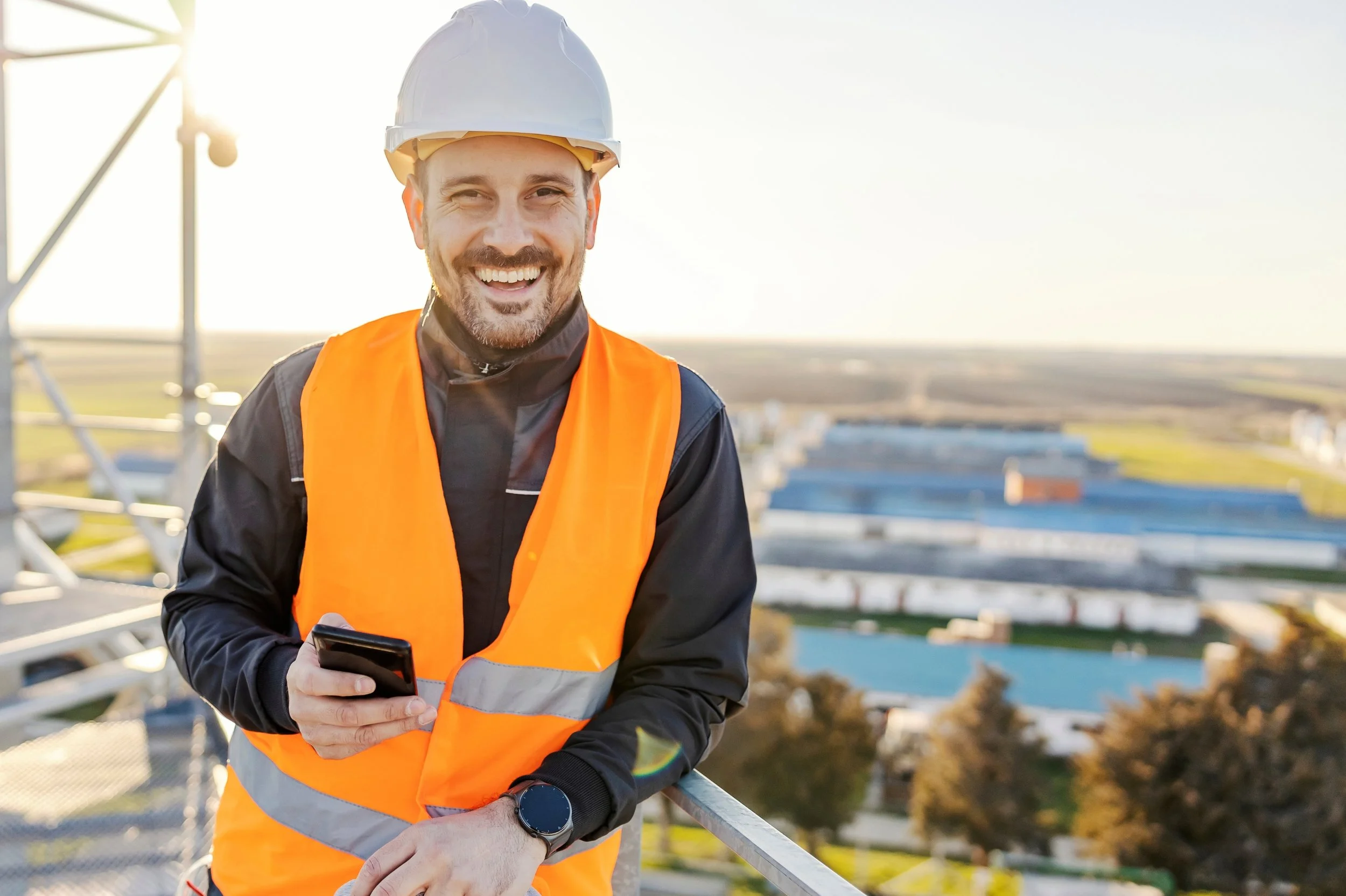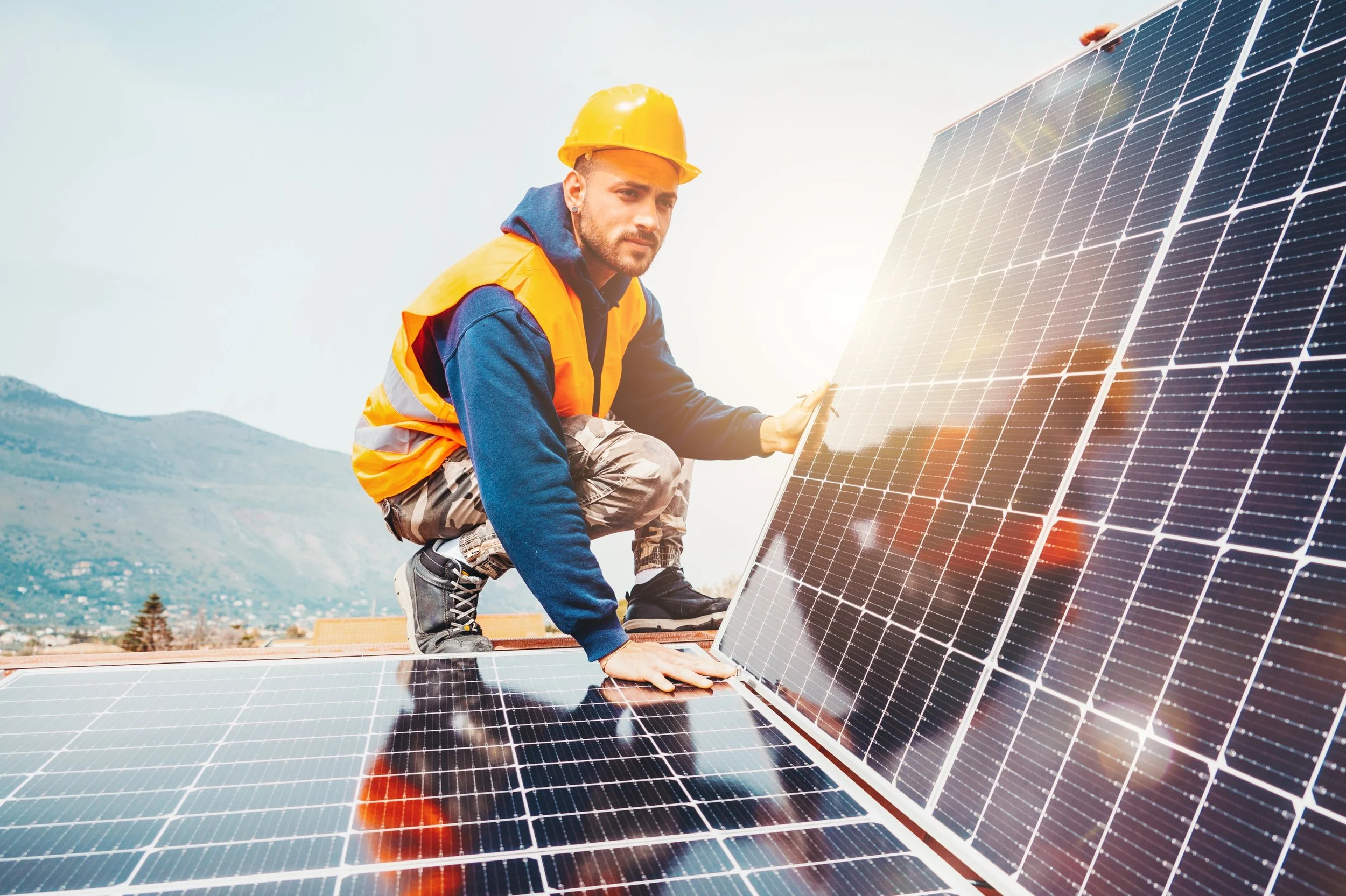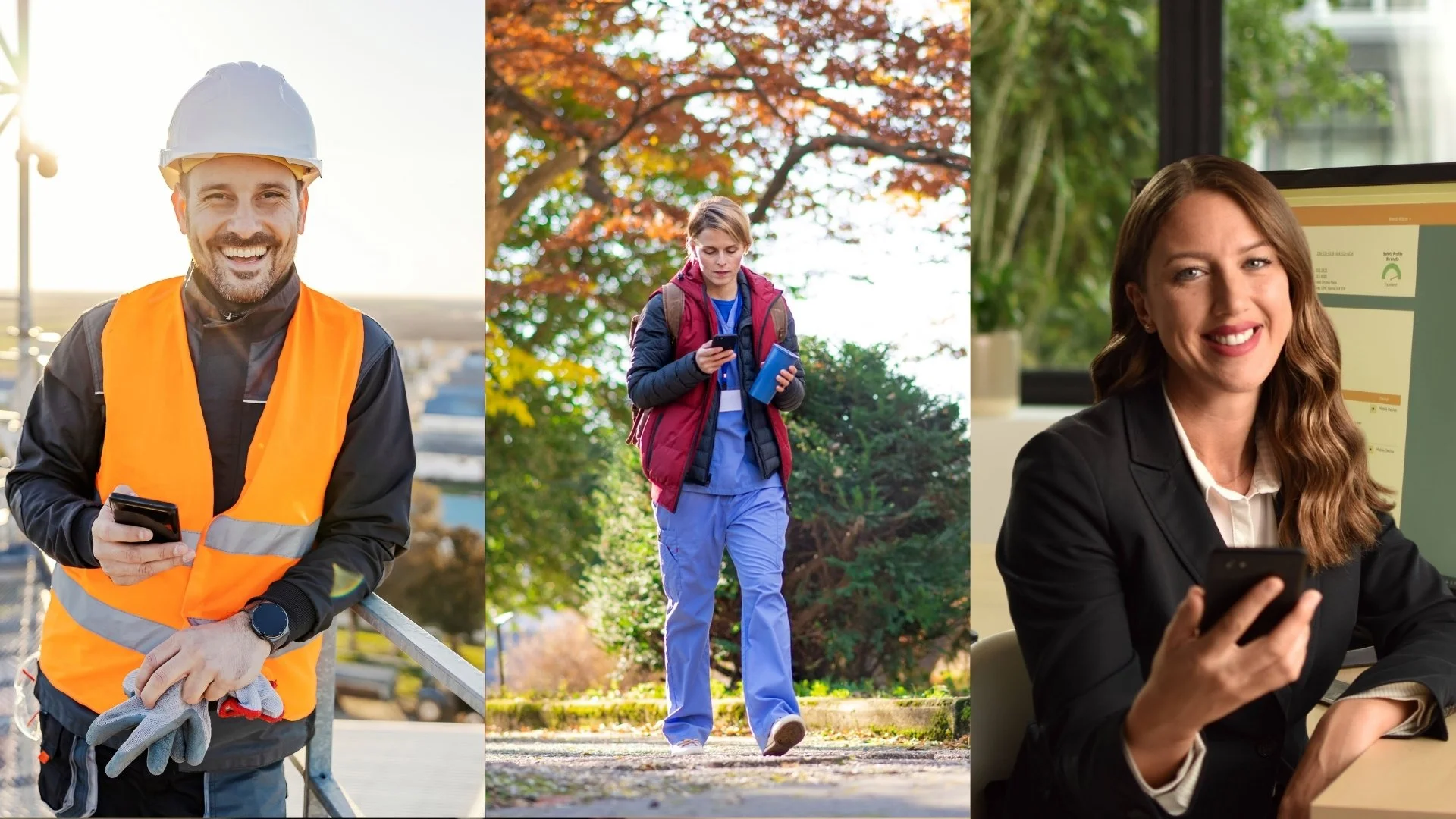Stop Relying on Manual Check-Ins: Why It’s Time to Automate Check-Ins
Table of Contents
When to Upgrade Your Manual Lone Worker Check-in System to an Automated Solution?
The safety goals of a lone worker check-in system
Manual check-in system for lone workers
Automated check-in systems for lone workers
What Is an Automated Check-In System?
When to upgrade to an automated check-in solution
Scenario 1: Delayed Emergency Response
Scenario 2: Missed Check-Ins Due to Workload
Scenario 3: Remote Locations with Poor Connectivity
Scenario 4: Managing a Large, Distributed Workforce
Scenario 5: Incomplete Records for Compliance
Constantly assess and evaluate your workplace hazards and environment
Peace of Mind Through Automation
Ready to Upgrade Your Lone Worker Safety?
When to Upgrade Your Manual Lone Worker Check-in System to an Automated Solution?
Human error can cost more than money. If a person makes a simple mistake while at work, they could be putting their coworker’s life at risk. Depending on the industry and the workplace hazards, a minor mistake could cause a major consequence in the workplace – in fact, the leading cause of accidental death in the United States is from medical errors or unintentional injuries. Human error will happen from time to time, but it is the employer’s responsibility to make sure it does not occur in the workplace.
The safety goals of a lone worker check-in system
Mistakes are inevitable, but even minor oversights can lead to serious safety incidents without proper systems in place. That’s why it’s critical to implement straightforward protocols—such as a lone worker check-in system—to ensure worker’s well-being. These systems prompt employees working alone or in remote areas to check in with their employer or safety monitor before, during, and after their shifts, confirming their safety at each stage.
Automated check-in systems significantly reduce the risk of human error by delivering scheduled reminders via alerts or wearable devices, ensuring that lone workers stay connected and accounted for. These systems offer employers real-time visibility into worker safety without disrupting their duties. For example, a home healthcare nurse visiting clients can be monitored non-intrusively throughout the day. In the utility sector, field technicians working alone to inspect power lines or respond to water main issues can be automatically checked in during hazardous tasks or while operating in remote locations. Retail employees opening or closing a store alone—often during early morning or late-night hours—can check in to confirm their safety during vulnerable moments. Similarly, municipal workers conducting site inspections, bylaw enforcement officers in the field, or custodial staff working overnight shifts can all benefit from a check-in system that offers both peace of mind and a prompt response in case of an emergency.
Manual check-in system for lone workers
Before the advancement of modern technology, organizations relied on manual check-in methods to monitor the safety of their lone workers. These early systems often included Excel spreadsheets, office whiteboards, and ad-hoc phone calls or text messages—tools that were inconsistent, prone to error, and difficult to scale effectively and especially in larger teams.
While manual check-ins laid the groundwork for today’s automated systems, they should now only be considered backup options when technology is unavailable. Over time, check-in systems have evolved significantly, driven by ongoing research and advancements in communication technologies. Modern solutions now leverage mobile applications, cellular networks, satellite communication, and GPS to ensure lone workers remain connected and protected—no matter where they are in the world.
Automated check-in systems for lone workers
Lone workers often face unique risks due to the isolated nature of their jobs. To ensure their safety, organizations must implement reliable monitoring systems. Automated check-in systems offer a modern, technology-driven solution that enhances safety, reduces human error, and provides peace of mind for both workers and employers.
What Is an Automated Check-In System?
An automated check-in system uses technology to streamline and enforce regular check-ins for lone workers. These systems:
Automatically remind workers to check in at scheduled intervals
Escalate alerts when check-ins are missed
Provide real-time visibility into worker status
Many systems also include advanced safety features such as:
GPS tracking for location monitoring
Motion sensors and fall detection
Panic buttons for immediate emergency alerts
Communication tools (e.g., text and voice messaging)
When to upgrade to an automated check-in solution
Manual check-in systems may suffice in low-risk environments or where technology is unavailable. However, in most modern workplaces—especially those involving hazardous or remote conditions—automated systems offer critical advantages. Below are common scenarios where upgrading is essential:
Scenario 1: Delayed Emergency Response
Example: A water utility worker performing repairs in a rural area, slips, falls and hits his head, and is unconscious for a number of hours before a scheduled manual check-in reveals something is wrong when he does not answer.
Why upgrade: Automated lone worker systems often also offer dangerous impact and man-down detection, as well as panic communication alerts, notifying emergency contacts when a lone worker requires immediate help.
Scenario 2: Missed Check-Ins Due to Workload
Example: A home healthcare services company uses a manual check-in system in which nurses working alone must check in with a supervisor every 2 hours. One homecare nurse forgets to check in after having to deal with an aggressive client – but nobody notices she missed her check-in until her shift is over.
Why upgrade: Manual systems are extremely prone to human error. An automated solution provides real-time alerts and escalation protocols to ensure no one falls through the cracks like this nurse who could have used support and help when her check-in was missed.
Scenario 3: Remote Locations with Poor Connectivity
Example: Field technicians working in water and electrical utilities regularly visit sites where there is no dependable cellular reception. Manual check-ins via text or call can easily fail, resulting in lone workers being unaccounted for or missing.
Why upgrade: Automated lone worker monitoring solutions that can be used with satellite devices or in offline modes allow employees to remain connected in any remote area with location tracking, triggering emergency alerts when they don't check in on time.
Scenario 4: Managing a Large, Distributed Workforce
Example: A growing homecare nursing company manages over 100 home caregivers, home support workers, nurses, personal care aides, and other key positions at clients’ homes, providing care throughout the greater area. However, coordinating these many manual check-ins has become time-consuming, inconsistent, and unmanageable.
Why upgrade: Automated check-in platforms enable supervisors to manage multiple check-in schedules and add new users, eliminating a significant challenge for managers while maintaining consistent oversight.
Scenario 5: Incomplete Records for Compliance
Example: In the case of a government safety audit, a non-profit organization can't provide complete check-in documentation for its lone social workers.
Why Upgrade: Automated check systems like lone worker apps provide detailed digital records and compliance-supported reports, helping organizations pass audits and prove due diligence.
Constantly assess and evaluate your workplace hazards and environment
Additionally, constantly assess your work environment and if there are new safety risks being introduced to the lone workers, warrant the implementation of an automated check-in system. Perform safety evaluations like hazards assessments, updating any lone worker safety policy or increasing check-in frequency if needed.
Peace of Mind Through Automation
The greatest benefit of automated check-in systems is the peace of mind they provide. Workers can focus on their tasks knowing they’re supported by a reliable safety net. Employers gain confidence that their teams are protected—no matter where they are or what challenges they face.
Ready to Upgrade Your Lone Worker Safety?
If your current system isn’t meeting your safety goals, it’s time to explore automated solutions. Contact us to learn how SafetyLine can help protect your workforce with smart, scalable, and compliant check-in technology.






